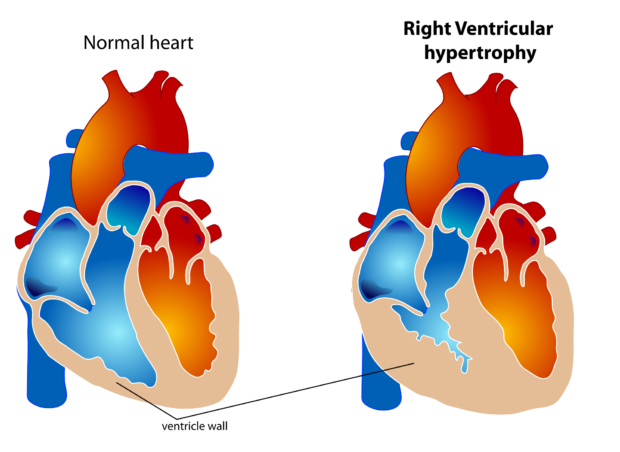Potentially Lethal Ventricular Arrhythmias and Heart Failure in Arrhythmogenic Right Ventricular Cardiomyopathy
What Are the Differences Between Men and Women?
ABSTRACT:
Objectives
The aim of this study was to assess sex-related differences in sporadic cases of arrhythmogenic right ventricular cardiomyopathy (ARVC).
Background
Previous studies have suggested male predominance in ARVC. However, the impact of sex on the heterogeneous clinical profile and prognosis of ARVC were not fully recognized.
Methods
The study population included 110 patients with ARVC who fulfilled the revised Task Force criteria (median age 48 years [interquartile range (IQR): 36 to 57 years]). All patients were sporadic cases without family history of ARVC. Male patients had a 3:1 predominance (75%). Ninety-seven patients (88%) were considered to have “definite” ARVC based on revised Task Force criteria.
Results
At the initial evaluation, there were no significant sex-related differences in age, 12-lead electrocardiogram findings, late potentials by signal-averaged electrocardiogram, left ventricular ejection fraction, or right ventricular ejection fraction. During a median follow-up of 10.0 years (IQR: 5.2 to 15.6 years), 18 patients died from cardiac causes. Kaplan-Meier analysis, considering patients’ lives since birth, revealed that male patients had a significantly higher risk of ventricular tachycardia/ventricular fibrillation than did female patients (56% vs. 90%, p = 0.02), whereas female patients had a significantly higher risk of heart failure (HF) death or heart transplantation (22% vs. 5%, p = 0.002). On multivariate Cox regression analysis, female sex was an independent risk factor for HF death or heart transplantation due to HF (hazard ratio: 6.29, 95% confidence interval: 1.29 to 40.2; p = 0.02).
Conclusions
Among patients with sporadic ARVC, men had a significantly higher risk of ventricular tachycardia/ventricular fibrillation, whereas women had a significantly higher risk of HF death or heart transplantation due to HF.
FULL TEXT: HERE



[…] ABSTRACT: HERE […]